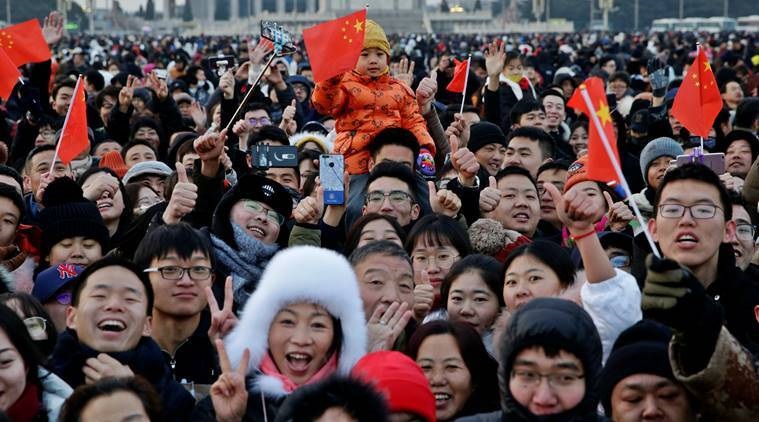Population Decline In China Is Not Currently A Crisis

Currently, China’s population is decreasing. Officials revealed this week that the population would decrease for the first time in 60 years, since the Great Leap Forward famine.
Due to the long-term drop in Chinese fertility rates, this occurrence has been anticipated for a long time. This will cause the population to steadily decline during the 21st century. According to recent UN predictions, China’s population could decrease by 100 to 200 million people by 2050.
The demographic trajectory of China is not at all uncommon. It is proceeding in the direction that East Asia as a whole has chosen. Japan’s population reached its peak in 2008 and has been slowly reducing since, with the country’s population currently declining by about 500,000 annually. In 2020, Taiwan saw negative growth, followed by South Korea in 2021.
A population crisis is not inherent in either population growth or decline. Instead, a much more crucial concern is whether state officials can successfully address the difficulties these changes provide. There are significant doubts about Beijing’s suitability for the job.
First off, Beijing has been reluctant to respond to China’s increasing aging by altering current policies.
Think about pensions. Chinese officials have been mentioning the need to raise the official retirement age from the unsustainable levels set back in the middle of the 20th century – 55 for women (50 for female blue-collar workers) and 60 for men – on a regular basis due to looming financial pressures for well over a decade. Beijing has resorted to feigning support from urban elites who stand to gain the most from current policies, but this has prevented it from enacting substantial reform. Current government initiatives amount to nothing more than oblique gestures with the aim of raising retirement ages by 2025.
Second, it’s uncertain if Beijing will be able (or eager) to develop fresh structures to address new demands.
A major illustration is labor and migration. Inflows of migrant labor have been a key element of other East Asian countries’ reactions to the region’s increasingly aging population. The ratio of foreign residents in Japan, South Korea, and Taiwan has consistently increased to 2-4% of the overall population during the previous thirty years. A large portion of this consists of movements of migrant labor, frequently on short-term contracts without the possibility of citizenship, to fill economic voids (or ones that population change has caused). For instance, Taiwan presently employs some 800,000 migrant workers, mostly from Southeast Asia, who play critical roles in the construction, manufacturing, and eldercare sectors.
In China, the massive migration of rural laborers to urban centers that fueled decades of explosive economic expansion during the reform era is reaching a plateau. Additionally, China’s own domestic migrant worker population is quickly aging, with a median age of 42 (in 2021), up from 34 (in 2008). However, with hardly any labor flows entering China, it is still unknown whether or if someone will step up to fill the gap.
Last but not least, Beijing’s political elite may well worsen China’s demographic prospects with their own ill-advised decisions.
Beijing is gradually embracing pro-natalist measures in their entirety in an effort to lessen the burdens of a decreasing population. There are significant risks that Beijing’s renewed interest in boosting births and marriages will lead to repressive and poorly designed state policies that seriously harm Chinese women’s rights, undermine gender relations, and further reduce fertility rates as Party policy under Xi Jinping pivots toward increasingly harsh authoritarian rule.
The statistical population decreases that Beijing will continue to record for decades to come will not be a very good indicator of whether or not China’s demographic transitions do indeed develop into a crisis.
News Mania Desk






